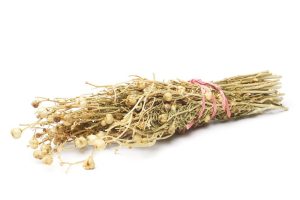




The cultic practice with the participation of adyraspan, sacred in the representation of grass of the peoples of Central Asia, dates back to pre-Muslim beliefs. It is used in fumigation of rooms, treatment of people and animals, hung or placed in vulnerable places (door, cradle, etc.). The use of harmala in various rites and rituals is documented on the Pamirs and among all peoples of Central Asia. Thus, the Tibetans weave a namkha (talisman) from the fruits of the harmala; the Tajiks incense sick people and animals by enchanting them three times; the Uzbeks still incense almost the entire bazaar because they believe that this process contributes to successful trade. The Azerbaijanis call the harmala “Uzerlik” (uzərlik) and it is necessary to smoke the brides to protect them from the evil eye. People call the harmala herb for a thousand diseases.In the sacral practice of the Kazakhs this grass also occupies a special place – it is smoked at home, hung over the door, etc.
From the point of view of semiotics, the Kazakh name of this sacred grass is interesting – “adyraspan”, which is composed of the two words “adyr” and “aspan”. If with the second word there are no questions, in translation “aspan” means “sky”, the first word “adyr” has two variants: “hill, elevation”, and it is considered a derivative of the Arabic “qadyr” – “almighty”. Therefore, the semantic translation of the Kazakh “adyraspan” could be the expression “almighty sky” and could be part of the verbal spell at the purification ceremony.


